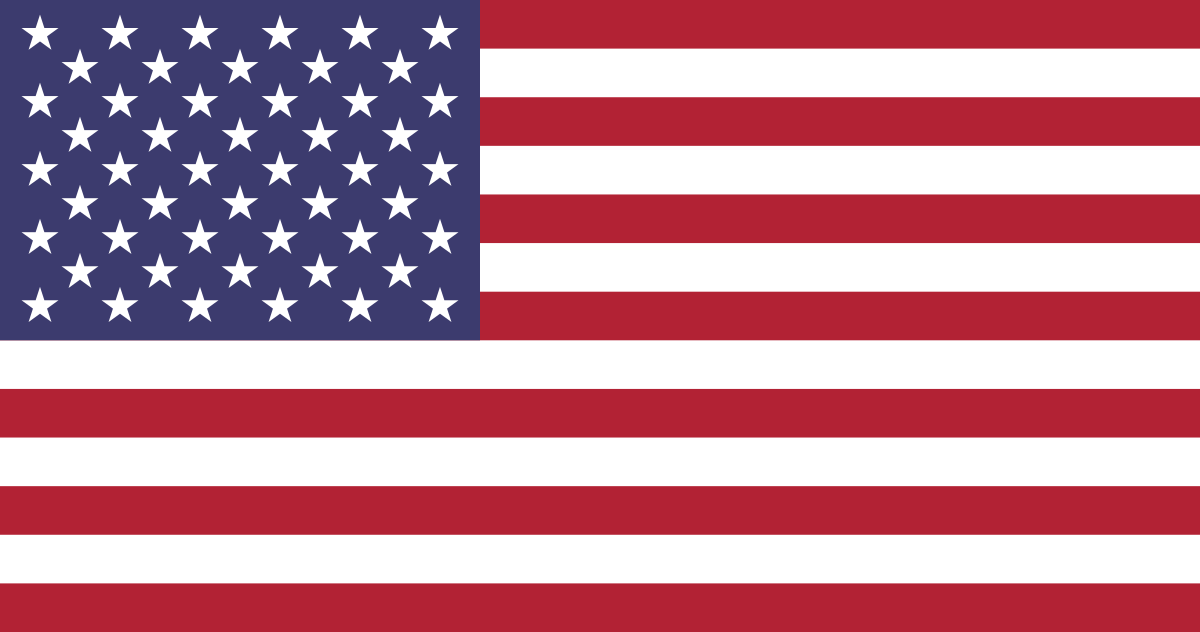
Jamika Reichert
Transitioning from Pram to Stroller: A Comprehensive Guide for Parents
Navigating the world of baby gear can be frustrating for new moms and dads, particularly when it pertains to choosing between prams and strollers. Both serve essential functions, however they are developed for different needs and phases of a child's advancement. This article aims to inform parents about the shift from prams to strollers, detailing the advantages and factors to consider while offering practical ideas.
Comprehending Prams and Strollers
Before diving into their differences, it's crucial to understand what constitutes a pram and a stroller.
Prams:
A pram, short for perambulator, is typically developed for infants up to around six months old. It includes a flat, padded sleeping location and is mostly planned for carrying very children. Prams are designed for comfort and safety, as newborns require to lie flat to support their spine and organs.
Strollers:
Strollers, or pushchairs, are developed for a little older kids who can sit up unaided. They can be found in various styles and configurations, from light-weight umbrella strollers to heavier-duty designs ideal for rough surfaces. Strollers are more flexible and much easier to maneuver in congested spaces, making them a popular option for active households.
Advantages of Transitioning from Pram to Stroller
Increased Mobility and Convenience
Strollers are generally lighter and more compact than prams, making them simpler to navigate through shops, public transport, and crowded areas. A lot of strollers can fold easily, enabling convenient storage.
Flexibility for Different Activities
Modern strollers often come with numerous setups and can accommodate numerous activities, including jogging, outside experiences, and shopping journeys. They can also adjust to fit children of various ages and weights.
Boosted Child Comfort and Safety
Many strollers now come geared up with innovative security features, such as five-point harnesses and reclining seats, guaranteeing that older babies and toddlers stay comfortable and safe during trips.
Economical Solution
Rather than buying both a pram and a stroller, families can buy a high-quality stroller that meets the requirements of their growing kid, potentially conserving cash in the long run.
When to Make the Transition
The transition from a pram to a stroller normally happens when the kid reaches around six to 7 months of age or when they can sit up unassisted. However, numerous aspects can affect this transition, consisting of:
Child's Development: If the kid shows indications of wishing to explore their surroundings, it might be time to change to a stroller.Household Lifestyle: Active households may need a stroller earlier to accommodate getaways and travel.Comfort: Observe the child's comfort level. If they seem confined in a pram or are ending up being more active, it's time to consider a stroller.Choosing the Right Stroller
Choosing the right stroller requires cautious consideration of a number of elements:
FactorDescriptionSafety FeaturesTry to find durable building and construction, effective brakes, and harness systems.Weight and FoldabilityPick a light-weight stroller that is easy to fold and carry.Age AppropriatenessMake sure the stroller is matched for your child's age, weight, and height.ManeuverabilityEvaluate how quickly the stroller moves and turns, especially in congested spaces.Storage SpaceConsider the storage capacity underneath the stroller and the size when folded.AdjustabilityLook for strollers with adjustable features, such as seat recline and deal with height.Frequently asked questions about Transitioning from Pram to Stroller
Q: Is it needed to switch to a stroller?A: While it's not obligatory, changing to a stroller normally offers more adaptability and ease for both moms and dad and child as they grow. Q: What includes need to I prioritize
in a stroller?A: Prioritize security functions, weight, foldability, and storage capacity based upon your way of life and activities with your kid. Q: Can I utilize a stroller for newborns?A: Some strollers can accommodate baby car seats or
have flat reclining seats, making them ideal for
newborns. Always check the producer's guidelines. Q: How can I guarantee my kid is comfy in a stroller?A: Look for strollers with cushioned seats, several recline positions, and adjustable leg rests to accommodate your child's convenience. Q: What are the best types of strollers available?A: Popular types include umbrella strollers, jogging strollers, travel system strollers, and convertible strollers, each accommodating differentrequirements. Tips for a Smooth Transition Test Out Different Models: Before committing to a purchase, physically test various strollers to see which one suits both you and your child best. Include Your Child:
If they are old enough, permit your
child to try out different strollers to see which they find most comfy. Read Reviews: Consider looking at online reviews and recommendations from other moms and dads to better notify your decision
. Prepare for Storage and Transport: Factor in how the stroller will suit your vehicle or home storage area to prevent future troubles.
Evaluate Your Activities: Think about where and how you prepare to utilize the stroller-- city locations might require a various type compared to rural or off-road settings.
Transitioning from a pram to a stroller is an essential milestone in a kid's life and a considerable choice for parents. By comprehending the differences and
advantages of each, parents can make informed options that will support their household's lifestyle and their child's development. Armed with the right info, moms and dads can with confidence navigate this transition and
make sure that their kid is safe, comfy, pushchair Twin and ready for all the experiences ahead.
Navigating the world of baby gear can be frustrating for new moms and dads, particularly when it pertains to choosing between prams and strollers. Both serve essential functions, however they are developed for different needs and phases of a child's advancement. This article aims to inform parents about the shift from prams to strollers, detailing the advantages and factors to consider while offering practical ideas.
Comprehending Prams and Strollers
Before diving into their differences, it's crucial to understand what constitutes a pram and a stroller.
Prams:
A pram, short for perambulator, is typically developed for infants up to around six months old. It includes a flat, padded sleeping location and is mostly planned for carrying very children. Prams are designed for comfort and safety, as newborns require to lie flat to support their spine and organs.
Strollers:
Strollers, or pushchairs, are developed for a little older kids who can sit up unaided. They can be found in various styles and configurations, from light-weight umbrella strollers to heavier-duty designs ideal for rough surfaces. Strollers are more flexible and much easier to maneuver in congested spaces, making them a popular option for active households.
Advantages of Transitioning from Pram to Stroller
Increased Mobility and Convenience
Strollers are generally lighter and more compact than prams, making them simpler to navigate through shops, public transport, and crowded areas. A lot of strollers can fold easily, enabling convenient storage.
Flexibility for Different Activities
Modern strollers often come with numerous setups and can accommodate numerous activities, including jogging, outside experiences, and shopping journeys. They can also adjust to fit children of various ages and weights.
Boosted Child Comfort and Safety
Many strollers now come geared up with innovative security features, such as five-point harnesses and reclining seats, guaranteeing that older babies and toddlers stay comfortable and safe during trips.
Economical Solution
Rather than buying both a pram and a stroller, families can buy a high-quality stroller that meets the requirements of their growing kid, potentially conserving cash in the long run.
When to Make the Transition
The transition from a pram to a stroller normally happens when the kid reaches around six to 7 months of age or when they can sit up unassisted. However, numerous aspects can affect this transition, consisting of:
Child's Development: If the kid shows indications of wishing to explore their surroundings, it might be time to change to a stroller.Household Lifestyle: Active households may need a stroller earlier to accommodate getaways and travel.Comfort: Observe the child's comfort level. If they seem confined in a pram or are ending up being more active, it's time to consider a stroller.Choosing the Right Stroller
Choosing the right stroller requires cautious consideration of a number of elements:
FactorDescriptionSafety FeaturesTry to find durable building and construction, effective brakes, and harness systems.Weight and FoldabilityPick a light-weight stroller that is easy to fold and carry.Age AppropriatenessMake sure the stroller is matched for your child's age, weight, and height.ManeuverabilityEvaluate how quickly the stroller moves and turns, especially in congested spaces.Storage SpaceConsider the storage capacity underneath the stroller and the size when folded.AdjustabilityLook for strollers with adjustable features, such as seat recline and deal with height.Frequently asked questions about Transitioning from Pram to Stroller
Q: Is it needed to switch to a stroller?A: While it's not obligatory, changing to a stroller normally offers more adaptability and ease for both moms and dad and child as they grow. Q: What includes need to I prioritize
in a stroller?A: Prioritize security functions, weight, foldability, and storage capacity based upon your way of life and activities with your kid. Q: Can I utilize a stroller for newborns?A: Some strollers can accommodate baby car seats or
have flat reclining seats, making them ideal for
newborns. Always check the producer's guidelines. Q: How can I guarantee my kid is comfy in a stroller?A: Look for strollers with cushioned seats, several recline positions, and adjustable leg rests to accommodate your child's convenience. Q: What are the best types of strollers available?A: Popular types include umbrella strollers, jogging strollers, travel system strollers, and convertible strollers, each accommodating differentrequirements. Tips for a Smooth Transition Test Out Different Models: Before committing to a purchase, physically test various strollers to see which one suits both you and your child best. Include Your Child:
If they are old enough, permit your
child to try out different strollers to see which they find most comfy. Read Reviews: Consider looking at online reviews and recommendations from other moms and dads to better notify your decision
. Prepare for Storage and Transport: Factor in how the stroller will suit your vehicle or home storage area to prevent future troubles.
Evaluate Your Activities: Think about where and how you prepare to utilize the stroller-- city locations might require a various type compared to rural or off-road settings.
Transitioning from a pram to a stroller is an essential milestone in a kid's life and a considerable choice for parents. By comprehending the differences and
advantages of each, parents can make informed options that will support their household's lifestyle and their child's development. Armed with the right info, moms and dads can with confidence navigate this transition and
make sure that their kid is safe, comfy, pushchair Twin and ready for all the experiences ahead.
Made By Fanz Unlimited Starz Cardz
 Italian
Italian
 हिन्दी
हिन्दी
 Arabic
Arabic
 Chinese
Chinese
 English
English
 French
French
 German
German
 Portuguese
Portuguese
 Russian
Russian
 Spanish
Spanish
 Turkish
Turkish
